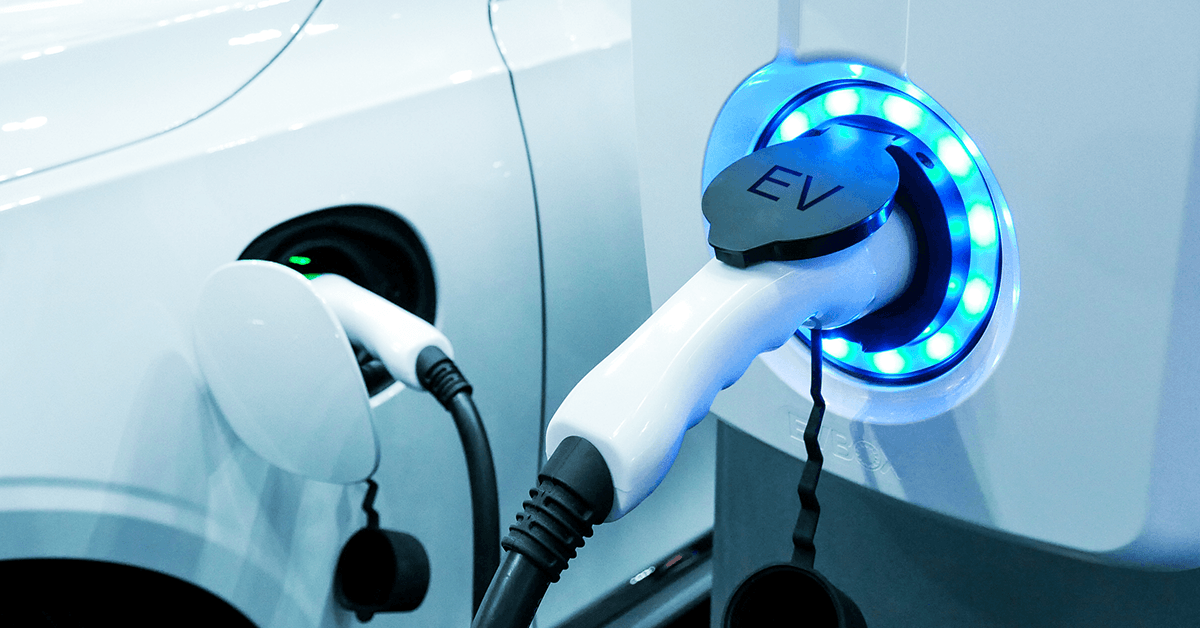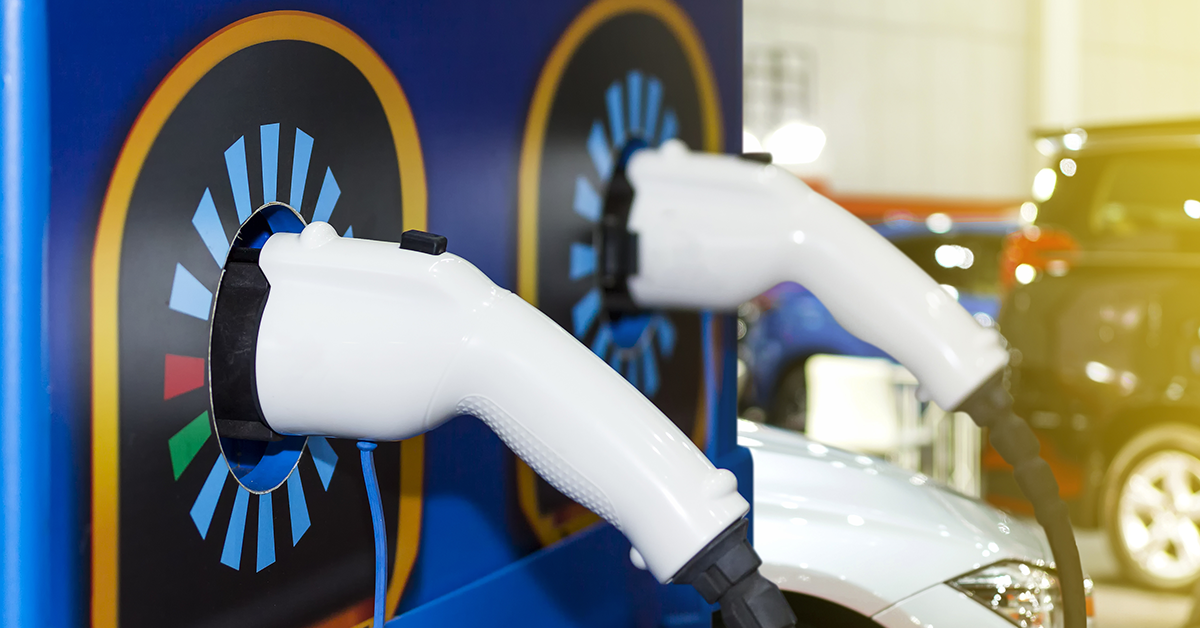Steel is improving range, reducing costs and ensuring safety in battery electric vehicles
The Steel E-Motive program is designing fully autonomous electric vehicle concepts for mobility as a service applications. We are using steel technology to ensure that the battery in the Steel E-Motive vehicle meets the requirements of both the fleet operator and the consumer.

What do fleet operators require from their autonomous vehicles?
Ultimately, fleet operators need vehicles which are cost-effective to operate and which meet their consumers’ expectations for a safe, reliable, and comfortable journey. Fleet owners are particularly interested in the total cost of ownership, which covers everything from the purchase of the vehicle to the cost of energy used to power it. Vehicle uptime, range and charging times will be very important factors to make sure that fleet operators can get the most out of their vehicles. There are several factors that can have an impact on uptime and cost-effectiveness including vehicle efficiency and thermal management. A solution is required to help keep these vehicles on the road for as long as possible and as cost-effectively as possible.
Accessibility and safety are core passenger concerns which fleet owners will also want to address. The requirement for flat floors and step-in access from the sidewalk into the vehicle create some interesting design challenges which will require a rethink of how these batteries are designed and integrated into the vehicles.
Finally, and most importantly, the unique vehicle architectural challenges of autonomous vehicles also extend to the battery. High-voltage batteries are at risk of fire or releasing toxic gasses if they are ruptures in the event of a collision. Therefore all electric vehicle batteries and structures must meet strict safety and crash standards. Meeting these standards whilst meeting consumer expectations is another challenge which needs to be addressed.
Advanced High-Strength Steels are enabling the development of battery electric vehicles which meet the requirements of future mobility as a service
Steel is addressing the battery architecture challenges of the Steel E-Motive vehicle
The Steel E-Motive program is using Advanced High-Strength Steels (AHSS) to meet the challenges of developing a high-voltage battery solution for our fully autonomous vehicles. For us, safety is the most important consideration in our design of the battery solution. The strength and ductility of AHSS minimizes deformation of the battery enclosure in the event of a collision. This protects the battery from damage and offers more effective thermal containment which reduces the risk of a fire.

Battery safety is critical for future electric vehicles
The unique architecture requirements of autonomous vehicles will require bespoke and innovative battery design solutions. Find out more about the innovative battery solutions in development for the Steel E-Motive vehicle concepts.
Advanced High-Strength Steels also enable significant vehicle weight reduction without compromising structural strength. This means that the battery will operate more efficiently resulting in less frequent charging. This increases uptime and reduces cost of vehicle operation.
Find out more about Advanced High-Strength Steel technology.
Subscribe for updates
You might also be interested in
